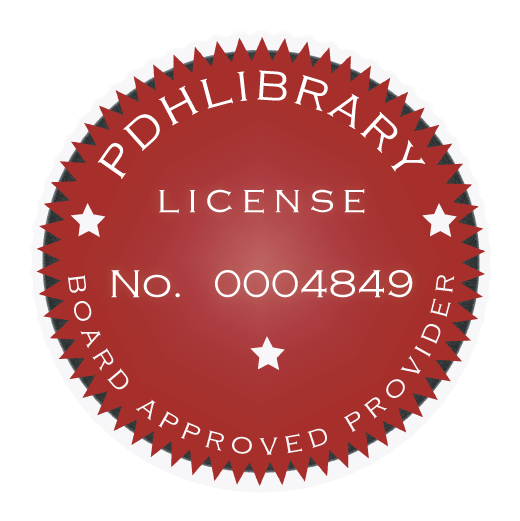Course Highlights
Intersections are unique roadway elements where conflicting vehicle streams (and sometimes non-motorized users) share the same space. This area encompasses all modes of travel (pedestrian, bicycle, passenger vehicle, truck, and transit) as well as auxiliary lanes, medians, islands, sidewalks and pedestrian ramps. These may further heighten the accident potential and constrain the operational efficiency and network capacity of the urban street system. However, the main objective of intersection design is to facilitate the roadway user and enhance efficient vehicle movement.
This course summarizes and highlights the geometric design process for modern roadway intersections. The contents of this document are intended to serve as guidance and not as an absolute standard or rule.
When you complete this course, you should be familiar with the general guidelines for
at-grade intersection design. The course objective is to give engineers and designers an in-depth look at the principles to be considered when selecting and designing intersections.
A Policy on Geometric Design of Highways and Streets (also known as the “Green Book”) published by the American Association of State Highway and Transportation Officials (AASHTO) is considered to be the primary guidance for U.S. roadway design. For this course, Chapter 9 - Intersections will be used exclusively for fundamental roadway geometric design principles.
Learning Objectives
General design considerations – function, objectives, capacity
Alignment and profile
Sight distance – sight triangles, skew
Turning roadways – channelization, islands, superelevation
Auxiliary lanes
Median openings – control radii, lengths, skew
Left turns and U-turns
Roundabouts
Miscellaneous considerations – pedestrians, traffic control, frontage roads
Railroad crossings – alignments, sight distance

